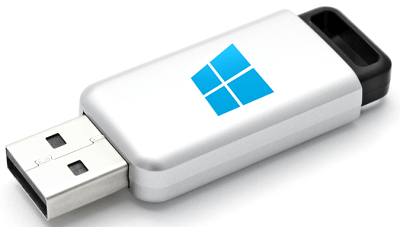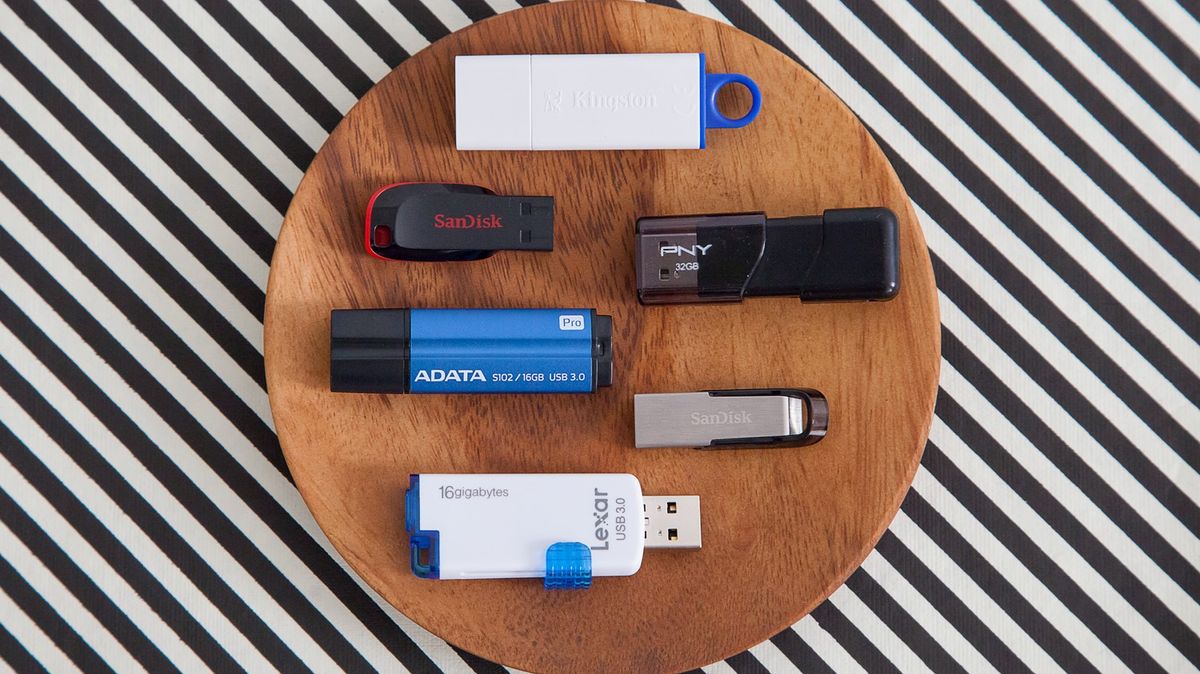
- #BEST FLASH DRIVE FOR MAC AND PC HOW TO#
- #BEST FLASH DRIVE FOR MAC AND PC DRIVERS#
- #BEST FLASH DRIVE FOR MAC AND PC FULL#
#BEST FLASH DRIVE FOR MAC AND PC FULL#
In most cases we recommend you select Microsoft’s exFAT format: this will give you full read and write access in both Windows (Vista or later) and OS X (Snow Leopard 10.6.5 or later). Dialogue, or in the Erase pane of Disk Utility. You can choose this from the drop-down menu in Windows' Format. To use your USB disk on both Windows and OS X, therefore, you’ll need to use a different filesystem.
#BEST FLASH DRIVE FOR MAC AND PC DRIVERS#
There are free drivers available, but again these are limited to read-only access. However, neither is suitable if you want to move files back and forth between Macs and PCs: OS X can read NTFS volumes, but it can’t write to them, while Windows in its default configuration can’t access HFS+ disks at all. These formats are sensible defaults because they support all the features of their respective operating systems, such as native compression and encryption.

#BEST FLASH DRIVE FOR MAC AND PC HOW TO#
How to format a USB drive: which format? If you follow the instructions above then Windows will, by default, format your disk using Microsoft’s NTFS filesystem, while a Mac might suggest the Mac OS Extended filesystem. To reformat your USB disk, click on its name in this pane, then switch to the Erase tab in the main interface (if it’s not already selected) and hit Erase to wipe the drive. Step two When Disk Utility opens you’ll see a list of drives in the left-hand pane, with the partitions on each one nested beneath each entry. You’ll find this tool in your Applications folder, within the Utilities subfolder – or simply search Spotlight to find it (press Cmd+Space, then type its name). How to format a USB drive on a Mac Step one To format a USB on a Mac, you can format your drive using Disk Utility. If need be you can wipe your USB device and reformat it as required. From here you can see all connected drives – even ones that aren’t currently usable in Windows. If you can’t see your USB drive in Explorer, search for “Create and format hard disk partitions” to open Windows’ Disk Management console. The latest trend with computers is not including a CD/DVD drive. Format USB Flash Drives to Work With Both Mac and Windows 7 by Jack Scicluna Photography, LLC - guest writer. So how do you know if your USB drive is using the right format? If in doubt, just select the default GUID Partition Map (GPT) scheme. You can also using the Master Boot Record partition layout, which is compatible with Windows.īut, if you plan on using an external drive with both Macs and PCs, you should format the disk with the exFAT file system instead. The maximum length for the volume name is 11 characters. ExFAT: Choose if the size of the disk is over 32 GB.MS-DOS (FAT): Choose if the size of the disk is 32 GB or less.


In the Disk Utility app on your Mac, choose View > Show All Devices.


 0 kommentar(er)
0 kommentar(er)
